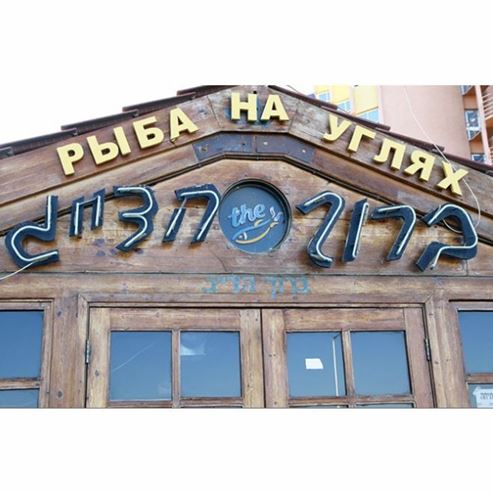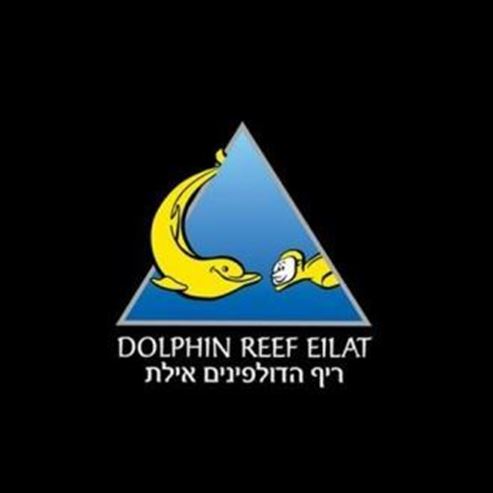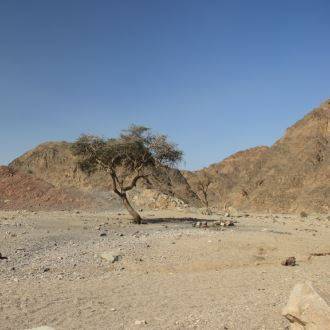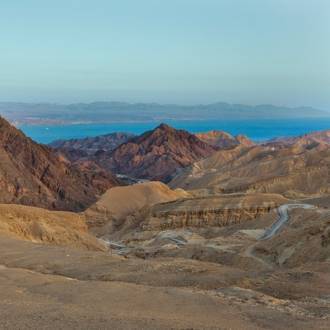Near Nahal Shlomo
Circular route in the Eilat Mountains
A short circular hike in the Eilat Mountains, from Nahal Shlomo and back to it, is now possible thanks to the new trail that the NPA has marked. The trail passes through colorful rocks and at the high point, there is a spectacular view of the area.
The Main Points of Interest
Metamorphic rocks
Desert plants
Observation Point
The top of “Camel Rock” (the highest point of the trail) overlooks the expansive Eilat Mountains.
NPA Activities to Improve Services to Visitors and to Conserve the Site
The NPA has set up a barrier to prevent cars from entering, in order to protect the area, and has marked hiking trails.
How to Get There
Drive south from Eilat (on Highway 90) and turn right between the 6 and 7 kilometer marks, to the dirt road leading to Nahal Shlomo.
Background
The Eilat Mountain rocks are the oldest exposed rocks in Israel. There are intrusive igneous rocks here such as granite and syenite, and metamorphic rock such as gneiss and schist. The origin of these rocks is from the Arabian-Nubian Shield – the northern edge of the ancient supercontinent Gondwana from more than 180 million years ago, which included Africa, Australia, India and South America.
Trail
Driving Route
From Highway 90, turn into the dirt track leading to Nahal Shlomo (marked with red trail marks). The track is suitable for cars. At the entrance to the stream, close to its northern bank, there is a granite stone house with guest rooms. This is Williams House. It was built from local stone in the early 1930s, and the geologist and engineer Leonard Williams lived there from time to time. Williams was born in 1882 and during World War I he served as an officer with the British army in Israel. At the end of the war, he returned to Israel and was given a license to develop sulfur mines near Kibbutz Be’eri. It seems that he was also looking for treasure in the Eilat Mountains, but when he heard that Israeli forces had taken over Umm Rashrash (1949), he got on his boat and fled to Jordan. He left a note on his door: “I’ll be right back, please do not enter.”
Williams never returned. In the house, which he apparently used as a storeroom, a good British map and excellent aerial photographs were found. Later, he demanded compensation for the items he left behind.
Drive up Nahal Shlomo for about 1.5 km, when you pass the Camel Ranch. The Nahal Tsefahot campgrounds are about half a kilometer further. Here you’ll see the green trail marks, and park. Tsefahot is the Hebrew word for schist.
Schist and Gneiss
On the bank of Nahal Shlomo that is north of the parking area (to the right of cars driving up Nahal Shlomo) one can see a kind of schist (slate) rock – layered gray-black rock. This rock is known as Eilat schist. Schist is a metamorphic rock formed from fine-grained rock such as clay. While still in a solid but flexible state, tremendous pressure was applied at a high temperature, and during this process, the rock was enriched with new minerals, mainly mica. The immense pressure is also what causes the layered structure of the rock.
On the other hand, the rock that the green trail goes through, on the opposite bank of the river, is made up mostly of gneiss. Gneiss is the name of igneous or sedimentary rocks that is formed by metamorphosis resulting from even greater pressure and heat than schist is subjected to. The rocks here are igneous and metamorphic.
The Walking Trail
About 100 meters from the parking area, along the trail marked in green, the NPA has placed a barrier to prevent vehicles from entering the channel and to protect the area. The green trail goes up to Mount Tsefahot. From the barrier, continue up about half a kilometer and turn right, following the new track signs (black). The trail goes up a moderate channel with dead acacia trees, probably due to the severe shortage of precipitation over a number of years.
The most common plant in the channel is Blepharis attenuata. It is a very thorny bush with blue flowers that bloom most months of the year and is from the acanthus family. Blepharis attentuata developed a special mechanism for distributing seeds. The desert is characterized by not only very little precipitation, but also by drought. The Eilat Mountains can go for a few years without enough rain. In these conditions, plants have to find ways to ensure that their seeds do not get wasted in vain, and the Blepharis attenuata developed a “water clock”: It spreads its seeds only after they’ve been soaked thoroughly. In this way, the seeds are guaranteed enough water when they sprout and begin to grow.
The path climbs to the highest point of the trail, about 200 meters above sea level and about 120 meters from the start of the walking trail. The view is fantastic. On the horizon, we can see the huge Mount Solomon, Mount Jehoshaphat and Mount Rehoboam. On the other side, we can see the Gulf of Eilat. A small rock by the trail bears the name of Yolanda Kriek. Yolanda, a Dutch-born Jewish woman fell in love with the Eilat Mountains and she spent as much time hiking through them as she could. She died in the prime of her life and her friends from the camel ranch placed a rock in her memory.
The path now descends to Nahal Shlomo. At the stream, turn right and walk down 1.3 km, until you reach the Nahal Tsefahot campgrounds.
- Type
- Hiking
- Region
- Eilat
- Length
- 4.5 Km
- Duration
- 2 Hours
- Recommended season
- Spring, Autumn, Winter
- Starting point
- Nakhal Shlomo (map)
- Ending point
- Har Zefahot (map)
- Special equipment
- Shoes, hat, water
- Precautions
- Do not stray the marked trails do not travel during the hottest hours
- Parking
- Parking
- Circular
- Circular
- Phone
- +972-8-6326422
- st.almogim@npa.org.il
Similar trails
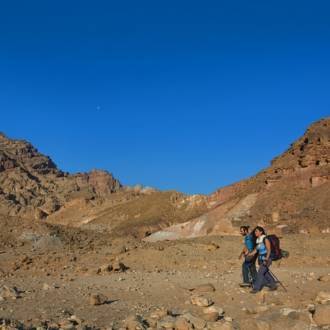
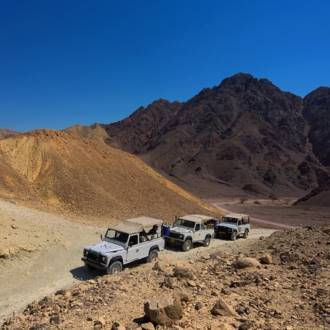
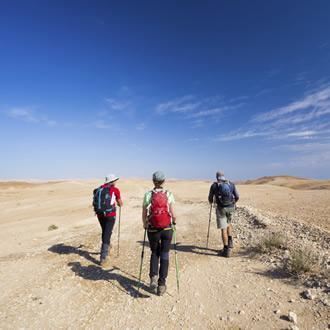
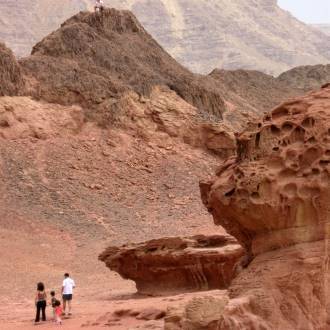
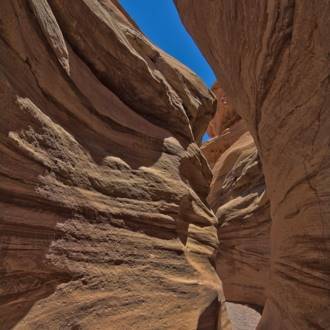
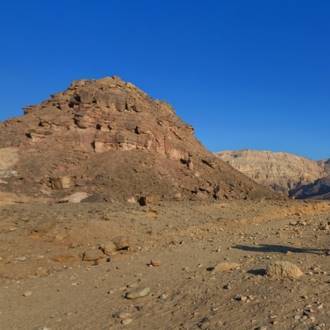
Nearby attractions

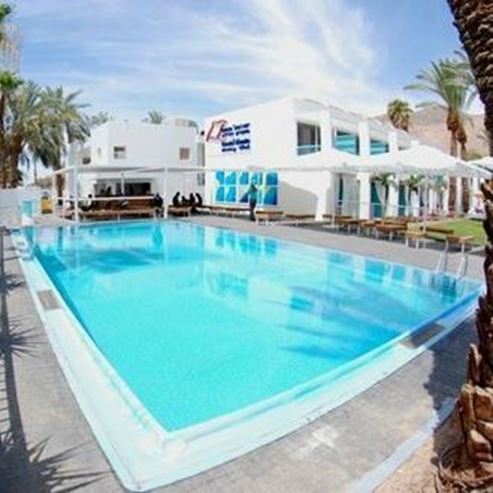

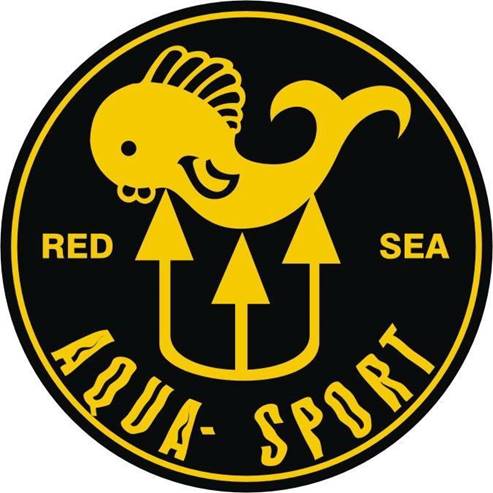
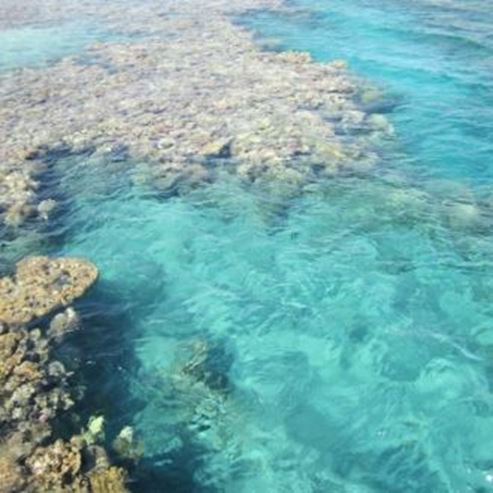
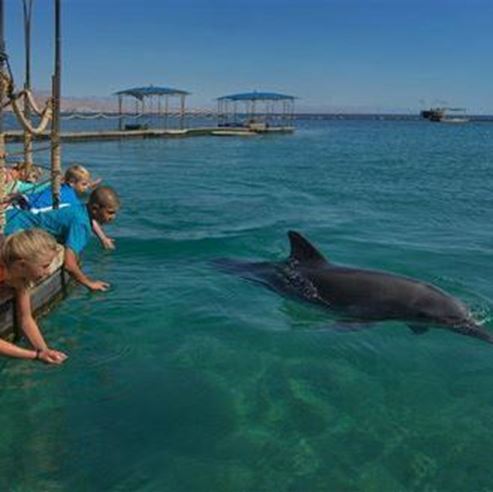
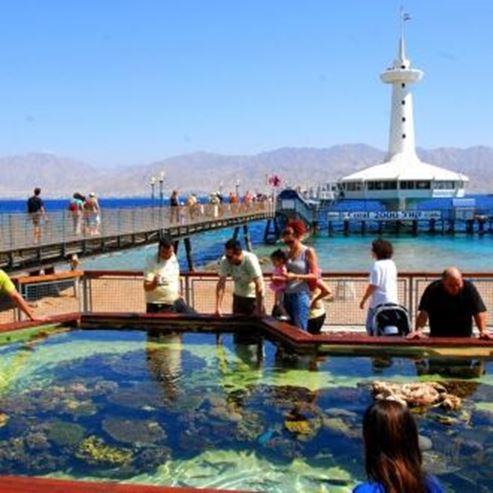
Nearby restaurants
